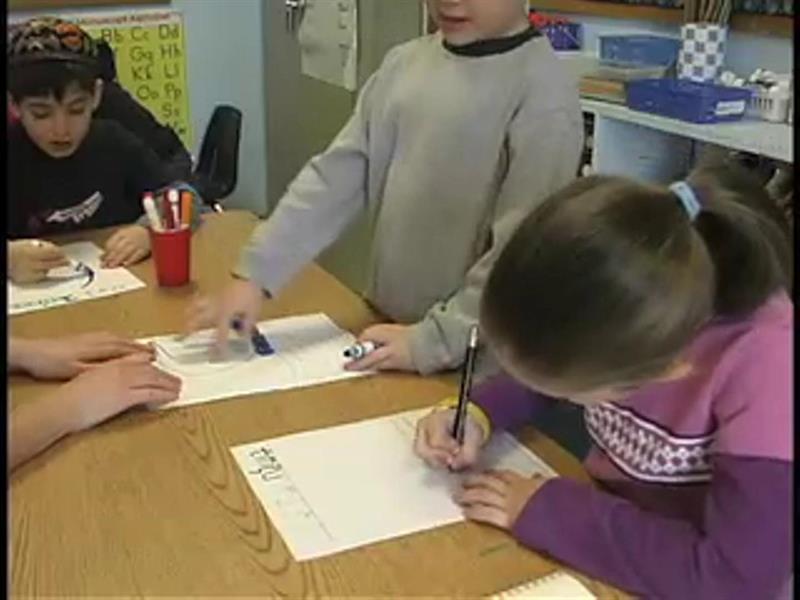Torah Journals
Context
My classroom is one in which children write from the very first day of school, in an ongoing writing workshop as well as in particular subject areas like Torah. They are used to the idea that they can use the sounds they hear to write before they know conventional spellings. They learn to copy unusual words like people’s names from lists posted around the room. They know that writing, using both words and pictures, is one of many ways they can express their ideas. In this context, Torah journals have flowed very naturally. For children who are not yet independent writers, Torah journals have sometimes been places where they have teachers acting as their scribes. For those who are beginning to write, Torah journals may be a place for them to experiment with new words and ideas.
Why
From the earliest weeks of kindergarten and through the following years, children can keep a Torah journal as a place where they record what they learn and their personal responses to each parasha. When we think of young children’s writing as their talk, drawings and print combined, then even those who are not yet proficient readers and writers can “write” and express their thoughts. Like the reading comprehension strategies, the integration of these literacy skills and Judaic content come naturally and each provides further support and practice for the other.

